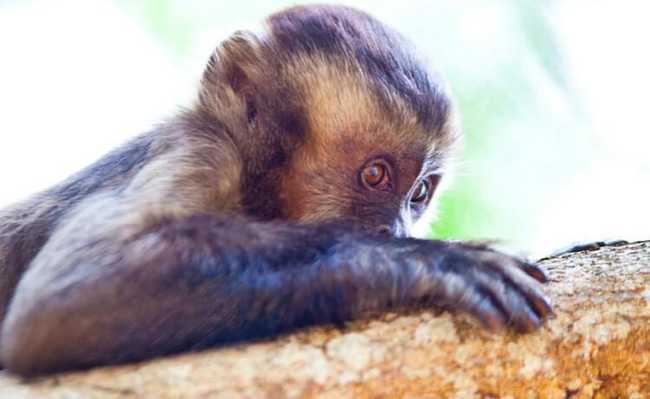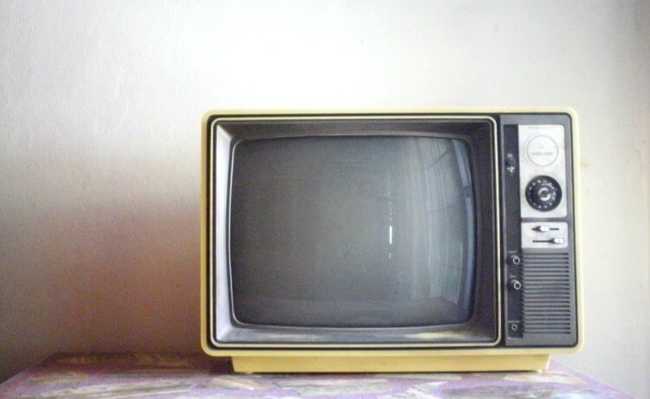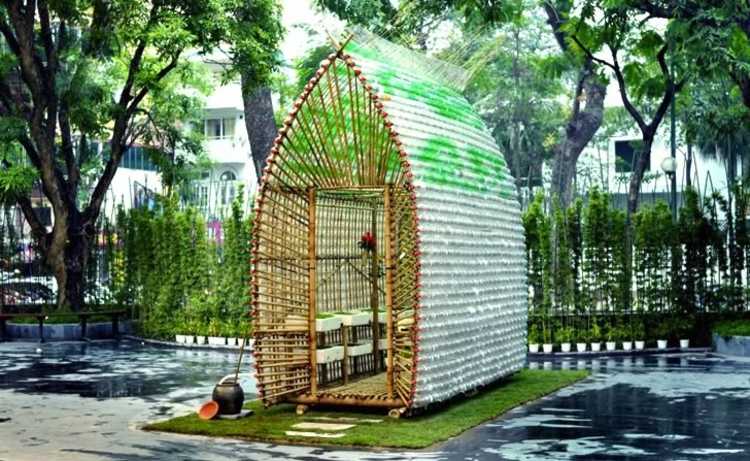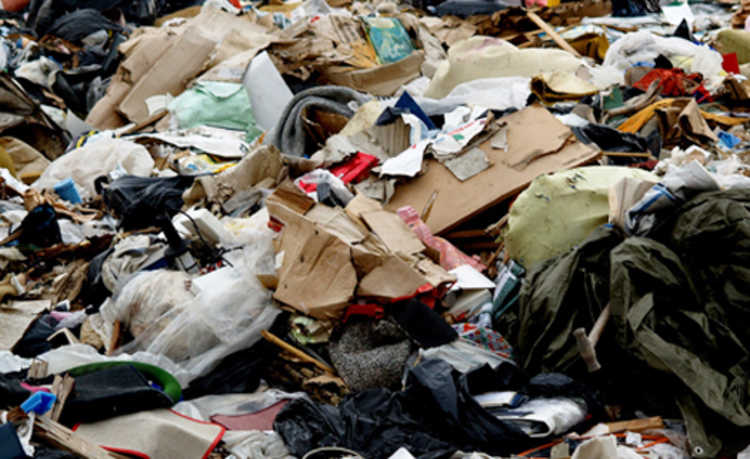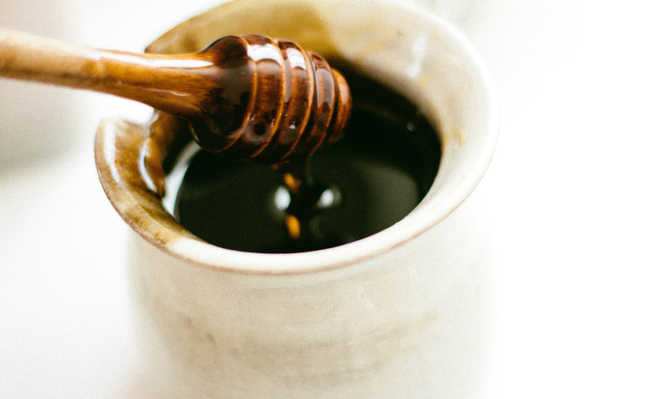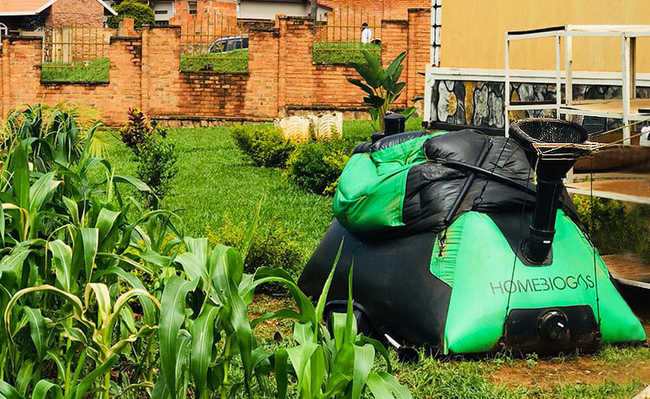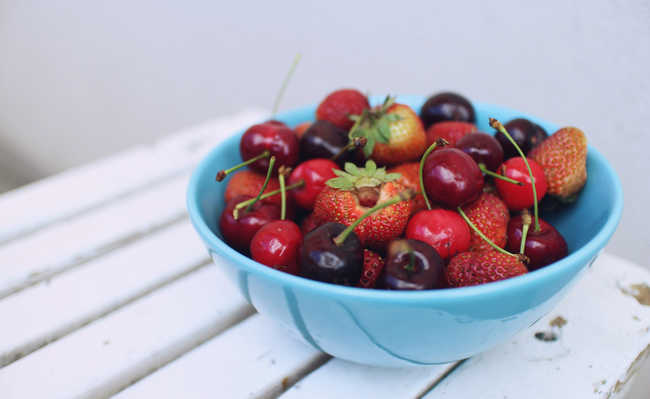What is Aquaponics?
Aquaponics allows you to create plants and fish in the same space

Edited and resized chuttersnap image is available on Unsplash
what is aquaponics
Aquaponics is a technique that allows, in an integrated and collaborative way, the conventional aquaculture (breeding of aquatic organisms such as fish, lobsters and shrimp) associated with hydroponics (cultivation of plants in water), occurring a true symbiosis between the species.
- Ghost fishing: the invisible danger of fishing nets
In the past, even before being called aquaponics, our ancestors already used similar systems to integrate the creation of aquatic organisms with plant cultivation. The chinampas, as the Aztec islands of agricultural cultivation were known, used a system where plants were cultivated on fixed (and sometimes mobile) islands built under the shallow lakes. Another example of remote aquaponics systems are those in southern China, Thailand and Indonesia, which cultivated flooded rice fields in combination with fish.
Over the years, aquaculture has moved from large excavated ponds to smaller systems with water recirculation. By maximizing production in smaller spaces, farmers were faced with the problem of dealing with fish waste, and began to analyze the ability of aquatic plants to filter this water, leading to current aquaponics systems.
Aquaculture wastewater is rich in organic matter (contains waste from organisms and animal feed), which can cause environmental problems if improperly disposed of. In the aquaponics system, this waste water is reused for the cultivation of plants, which use the nutrients contained in this water to feed themselves (with the help of bacteria that decompose organic matter) and thus help in cleaning and oxygenating the water. which then return to the fish.
In the common hydroponic system (cultivation of plants in water), the nutrients that plants need are obtained in the form of salts (purchased in specialized stores). With aquaponics, fish provide ten of the 13 essential nutrients for plants, lacking only calcium, potassium and iron. This allows for cost savings. Thus, the fish feed the plants, which return clean water to the fish, in a closed cycle, with low consumption of water and electricity.
System operation

The aquaponics system consists of two parts: the aquaculture part (breeding of aquatic organisms) and the hydroponic part (plant cultivation). Waste water from the aquaculture system is circulated (with the help of a pump or by drainage) to the hydroponic system, and vice versa. Although primarily consisting of these two parts, aquaponics systems are also grouped into other components or subsystems, which can aid in the efficiency of the process.
These models of aquaponics systems that can be used in apartments and houses, for residents of big cities. There are bigger systems for farmers and rural residents.
Reduction in water consumption
Agriculture is the human activity with the highest water consumption, with irrigation accounting for 72% of water consumption in Brazil. Thus, its reuse becomes essential to reduce its consumption. Aquaponics recirculates water from a fish farming system to a vegetable growing system, reducing the demand for water new to that farming system.
According to the Brazilian Agricultural Research Corporation (Embrapa), aquaponics can save up to 90% of water compared to conventional agriculture.
Option for urban and rural areas
In apartments, a small aguaponics system can be implemented on the balcony of your apartment or in the garden of a house, allowing the planting of herbs along with small fish, bringing some hydroponics and aquaculture activity to your daily life, in addition of fresh and organic food for your home. See the image below for an example of this system.

Image: fluxusdesignecologico
For the rural area there are larger aquaponics systems with greater productive capacity. In this system, more aquatic and plant organisms (such as vegetables and legumes) can be created.
In Germany, an urban farm with a 1,800 square meter greenhouse will produce around 35 tonnes of vegetables and 25 tonnes of fish annually. The project, called inapro high-tech, brings together 18 partners from eight countries and is based at the Leibniz Institute for Freshwater Ecology and Inland Fisheries (IGB) in Berlin.If you are thinking of developing an aquaponics system as a form of sustainable attitude, how about rethinking the consumption of meat of animal origin? Understand this theme better in the articles:
- Vegan philosophy: know and ask your questions
- The dangers and cruelty of animal confinement
- Salmon: an unhealthy meat


